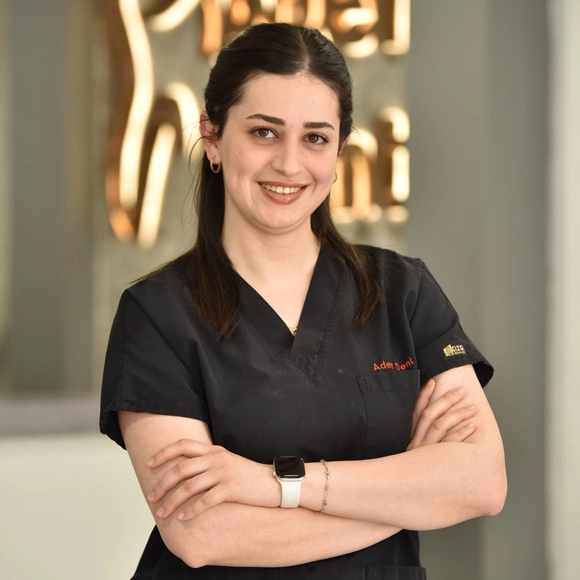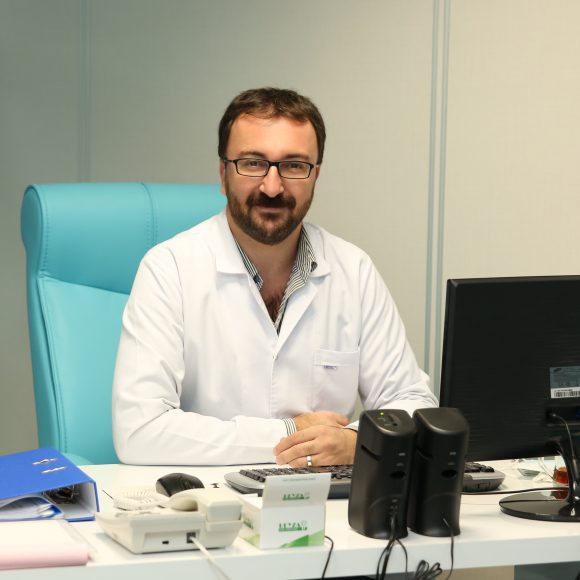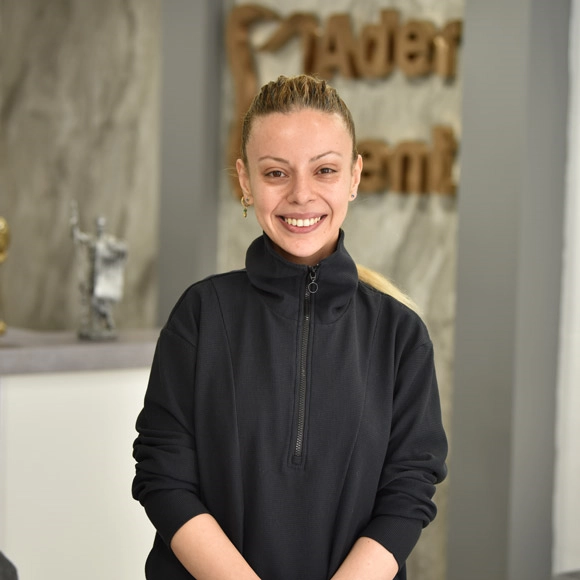Oral pathological lesions are conditions that directly affect oral and dental health and can lead to serious health problems if left untreated. These lesions include cysts and tumors originating from the teeth.
Although oral pathological lesions are usually benign, they can cause significant health issues if not treated properly. Commonly encountered in dentistry, these lesions are classified into two main categories: odontogenic cysts and odontogenic tumors.
Odontogenic Cysts and Their Causes
Odontogenic cysts, a type of oral pathological lesion, are fluid- or solid-filled sacs that develop within or around the teeth and surrounding tissues. Although generally benign, these cysts can enlarge and damage adjacent tissues if not treated.
Cysts may result from incomplete dental treatments, trauma, impacted teeth, or incorrect procedures. In addition, some developmental anomalies and genetic factors may also contribute to the formation of odontogenic cysts.
How to Prevent Oral Pathological Lesions
The most effective way to prevent oral pathological lesions is to attend regular dental check-ups. Lesions identified at an early stage can often be treated completely with minor surgical procedures. Maintaining proper oral hygiene, preventing tooth decay, avoiding trauma, and ensuring high-quality dental treatments are all essential preventive steps.
Additionally, monitoring impacted teeth, avoiding smoking and alcohol, and managing systemic diseases that weaken the immune system are important. Individuals with a genetic predisposition should be monitored more closely. In summary, informed patients and consistent dental follow-ups can greatly reduce the risk of oral pathological lesions.
How Are Oral Pathological Lesions Diagnosed?
Diagnosis of oral pathological lesions often occurs incidentally during routine dental exams. However, patients may present with symptoms such as swelling, pain, difficulty chewing, bad odor, or oral sores.
The dentist begins with a clinical examination and may request radiographic imaging (panoramic X-ray, periapical X-ray, or CBCT) for further evaluation of suspicious lesions. A biopsy followed by pathological analysis may be necessary to confirm the diagnosis.
This examination plays a crucial role in determining whether the lesion is benign or malignant. In some cases, blood tests or advanced imaging techniques (MRI, CT) may also be used for differential diagnosis. Accurate diagnosis is essential for effective treatment planning, and coordination between the dentist and oral surgeon is critical in this process.
Treatment Methods for Odontogenic Cysts
One of the most commonly used treatment methods for oral pathological lesions is enucleation. In this procedure, the entire cyst is removed in a single session. During the operation, any infected or impacted tooth associated with the cyst may also be extracted. In some cases, apicoectomy (removal of tooth root tips) may be performed.
Another treatment method is marsupialization, used for large cysts. This technique reduces the internal pressure of the cyst, allowing it to shrink. Once the cyst is smaller, enucleation is then performed for complete removal. For accurate diagnosis and treatment of oral pathological lesions, we recommend seeking expert care from a Pendik dental clinic
Odontogenic Tumors and the Treatment Process
Odontogenic tumors, though less common among oral pathological lesions, can be benign or malignant. Benign odontogenic tumors are treated surgically. The goal of treatment is to completely remove the tumor tissue and prevent recurrence of the disease.
Malignant odontogenic tumors require more complex treatment. Patients are referred to relevant specialists, and early diagnosis and intervention are crucial in such cases.
Oral Pathological Lesions and Specialist Support
Oral pathological lesions can usually be treated successfully when diagnosed early. If left untreated, these lesions may grow and damage surrounding tissues. Dentists are trained in the diagnosis and treatment of such lesions and play a vital role in patient care. To maintain oral and dental health and prevent potential oral pathological lesions, regular dental check-ups are of utmost importance.
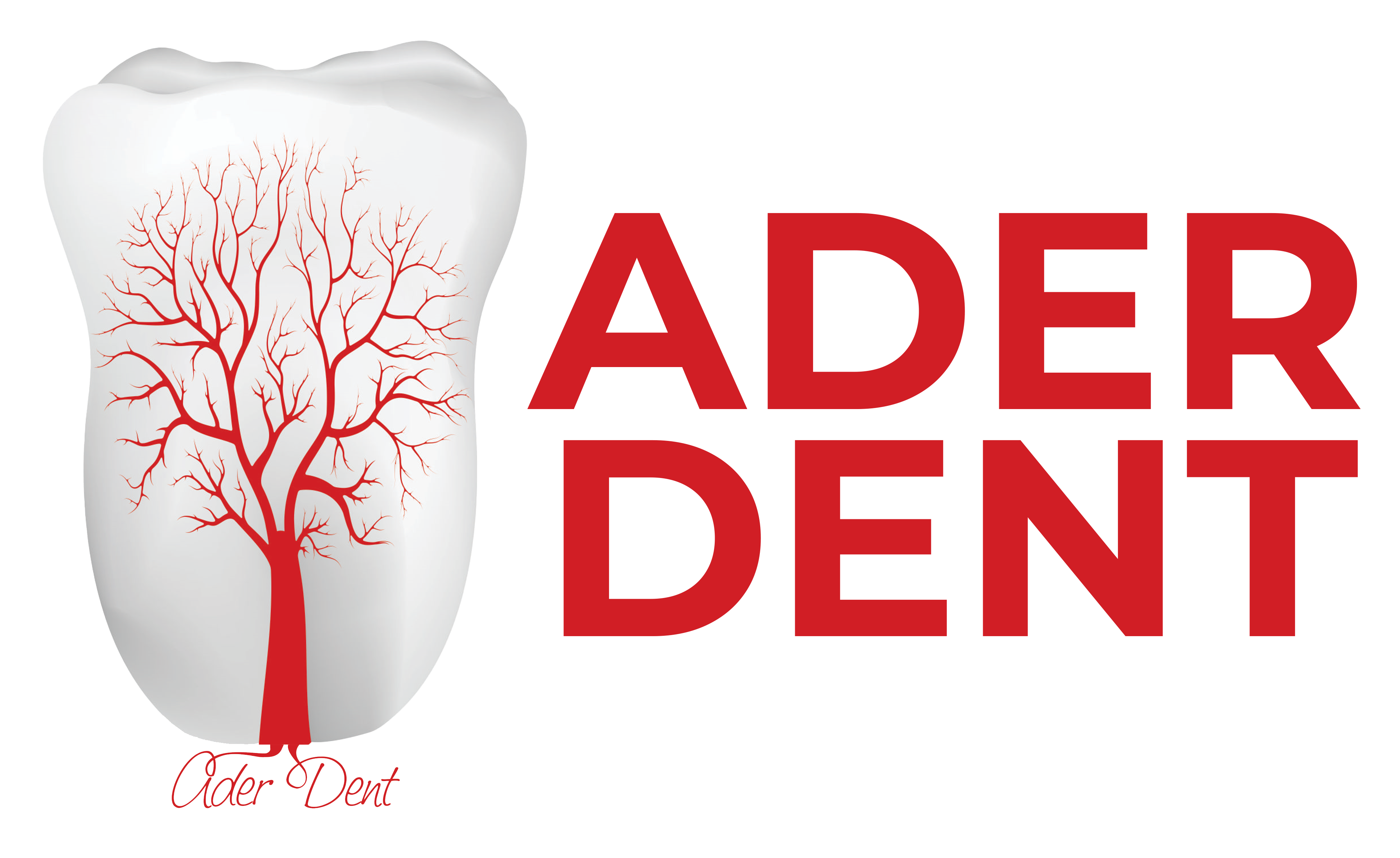
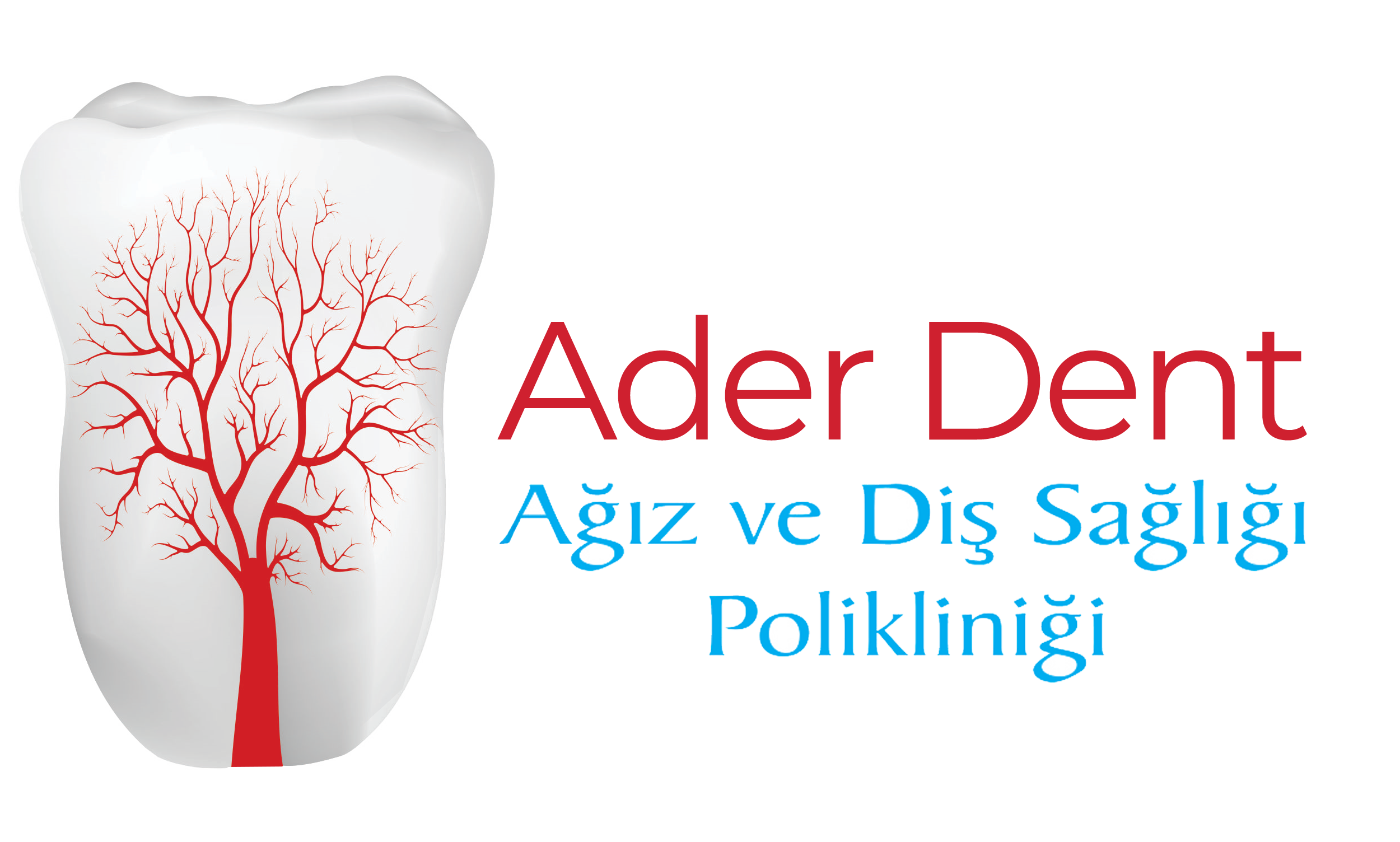
 TR
TR

